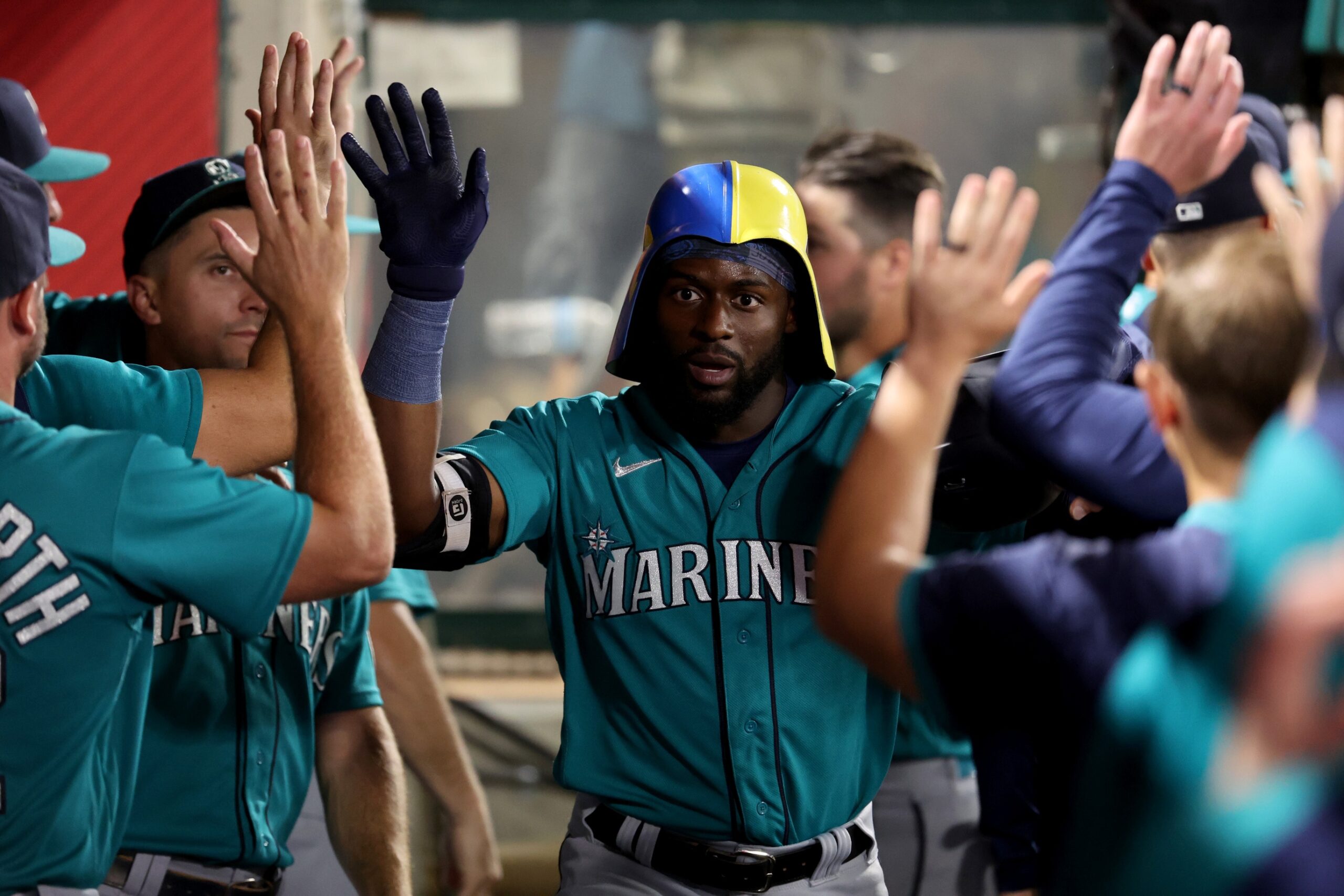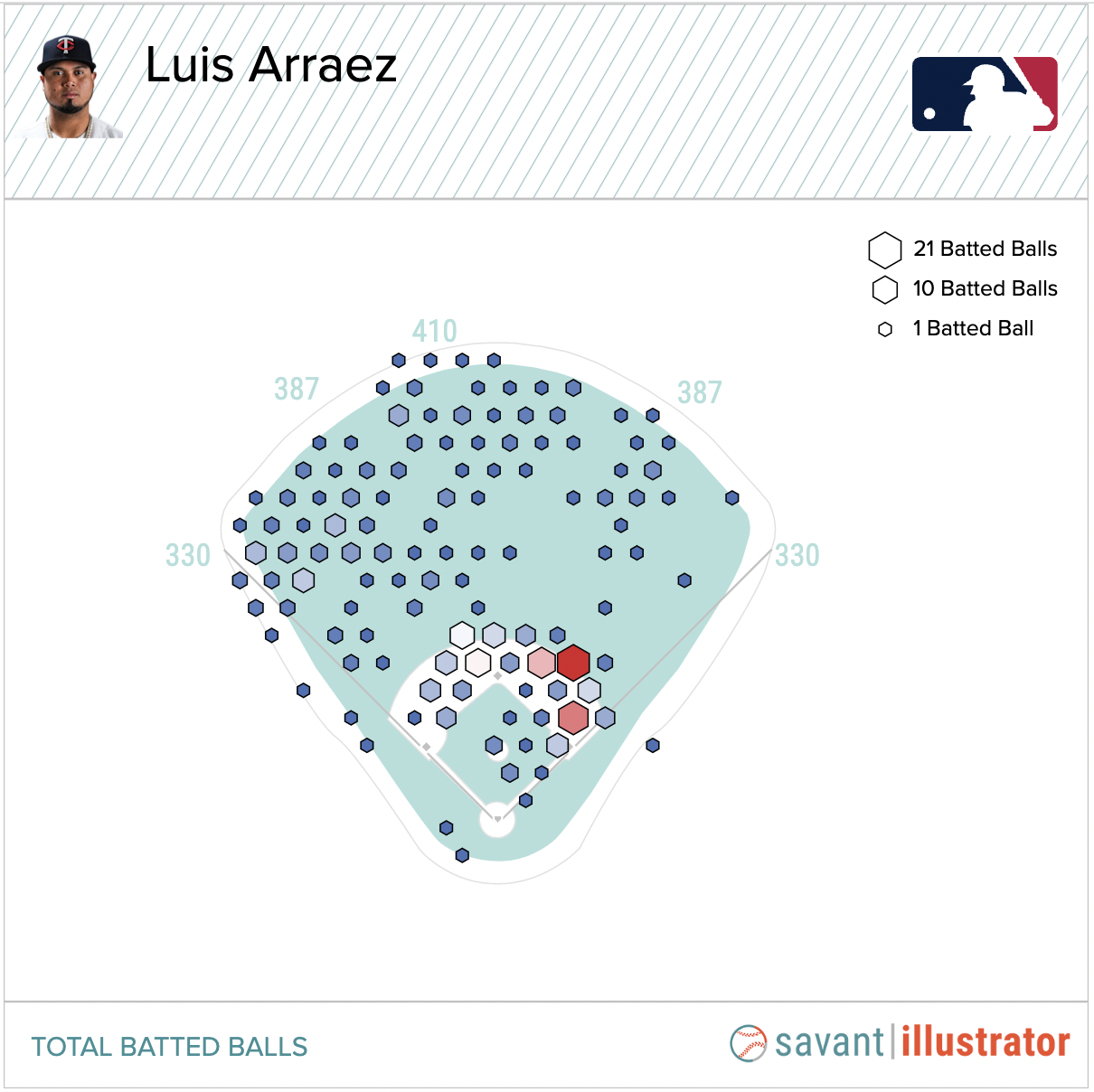To Be Twenty-Four: Taking Advantage of More Opportunities and Striking Out Less

You need a little holiday gift for yourself, don’t you? Sure, you’ve probably received your copy of the Forecaster by now and you still have that racy romance novel to finish, but you should add a little more baseball analytics to your que. Go ahead, buy yourself a copy of FanGraphs’ own Mike Podhorzer’s Projecting X 2.0. I recently did and was not one bit disappointed. Many fantasy baseball touts refer to their “projections” often. You’ll hear pundit A say they are working on their projections and pundit B say their projections are vastly different than others, but it’s not always clear what that work entails or how they got those very different projections. Projecting X gives readers a better understanding of how projections should be created and empowers them to take on the task themselves. Regardless of who’s cooking your dinner, it’s always important to know the ingredients.
When writing about K% projections, Podhorzer sites his own research and some of Jeff Zimmerman’s research to identity three plate discipline metrics that help evaluators assess changes in hitter K%. Those three metrics are Z-Swing%, Contact%, and Zone%. Taking it one step further, Zimmerman’s age-curve research showed that hitter K% typically declines through age 24. Podhorzer’s e-book motivated me to take a look at these three metrics among young hitters from the past two seasons. Here are the hitters who accumulated at least 75 plate appearances in both 2021 and 2022 and finished 2022 as a 24-year-old:
| Name | 21 PA | 22 PA | Zone%_Diff | Contact%_Diff | Z-Swing%_Diff | K%_Diff |
|---|---|---|---|---|---|---|
| Taylor Trammell | 178 | 117 | -0.3 | 8.0 | 4.0 | -13.9 |
| Jesús Sánchez | 251 | 343 | -2.6 | 0.2 | -4.2 | -4.3 |
| Andrew Vaughn | 469 | 555 | 0.6 | 2.8 | -1.2 | -4.2 |
| Lars Nootbaar | 124 | 347 | -2.8 | 0.9 | -2.9 | -2.1 |
| Gavin Lux | 381 | 471 | -2.6 | -0.1 | -7.2 | -1.6 |
| William Contreras | 185 | 376 | -1.5 | 0.7 | -8.0 | -1.5 |
| Luis Robert Jr. | 296 | 401 | -4.2 | 1.7 | -1.7 | -1.4 |
| Jazz Chisholm Jr. | 507 | 241 | 0.9 | -2.7 | 2.1 | -1.2 |
| Brandon Marsh | 260 | 461 | -1.4 | 4.0 | 2.8 | -0.7 |
| Ronald Acuña Jr. | 360 | 533 | -0.6 | 2.3 | 6.5 | 0.0 |
| Alex Kirilloff | 231 | 156 | -0.4 | 6.6 | -2.3 | 0.6 |
| Bo Bichette | 690 | 697 | 1.4 | -0.3 | -0.3 | 2.3 |
**Plate discipline diff metrics calculated as 2022 metrics – 2021 metrics
***K% diff calculated as (2022 K% – 2021 K%) * -1
If you look at how I’ve calculated these year-to-year differences you’ll see that I’ve made it so the numbers make sense from a positive/negative standpoint. In this case, Luis Robert saw the ball in the zone less often (-4.2%) and made contact more often (1.7%), but swung in the zone less often (-1.7%) while lowering his K% (-1.4%). Scanning the rows will show you that nine out of 12 players “did what they were supposed to do” and lowered their K% in their 24-year-old season.
While we see a few established, elite players listed in the table above, there are certainly a few intriguing players from a sleeper standpoint as well. Taylor Trammell lowered his 2021 K% of 42.1% down to 28.2% in 2022. While 28.2% is still significantly over the 2022 MLB average of 22.4%, it’s an improvement. It’s nice to see the likes of Jazz Chisholm Jr. and Brandon Marsh on this list and it’s also important to remember that some of these players were ONLY 24 for most of the 2022 season! If we kick it into experimental mode and drop the PA threshold down to 20 in each season, we see a few more interesting players:
| Name | 21 PA | 22 PA | Zone%_Diff | Contact%_Diff | Z-Swing%_Diff | K%_Diff |
|---|---|---|---|---|---|---|
| Jake McCarthy | 70 | 354 | 2.4 | 12.5 | 3.7 | -11.4 |
| Vidal Bruján | 26 | 162 | -5.5 | -0.3 | 6.8 | -8.0 |
| Yonny Hernandez | 166 | 28 | 7.8 | 1.8 | 1.4 | -5.0 |
| Mickey Moniak | 37 | 112 | -5.9 | 2.8 | 3.8 | -3.9 |
| Estevan Florial | 25 | 35 | 7.7 | -10.8 | 1.4 | 13.1 |
| Jose Barrero | 56 | 174 | 1.6 | -3.1 | 2.7 | 13.3 |
**Plate discipline diff metrics calculated as 2022 metrics – 2021 metrics
***K% diff calculated as (2022 K% – 2021 K%) * -1
I rostered Bruján in a few deep leagues and was tremendously disappointed, but he’s a young player who is still developing. Yes, he dropped his K% between 2021 and 2022, but like Trammell, he finished 2022 with a K% that still needs to come down (22.8%). Use caution when seeing those decreases in young players and be sure you don’t just assume they’ve figured it out. Hopefully, these two tables give you threads to pull on, rankings to adjust and perhaps, a little itch that can only be scratched with learning how to project player performance on your own. When the 2023 winter cold winds blow, download a copy of Podhorzer’s book and find yourself little gems like this to occupy your off-season hours.
















